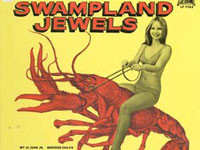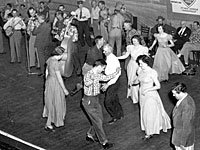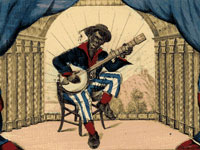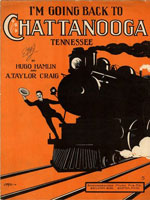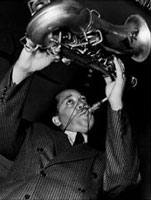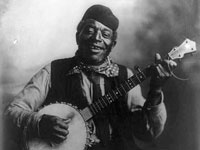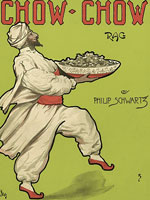Kentuckiana Digital Library
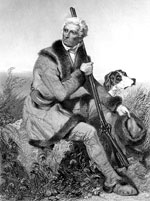
These historical materials come from 15 Kentucky colleges, universities, libraries, and historical societies. There are nearly 8,000 photographs; 95 full-text books, manuscripts, and journals from 1784 to 1971; 94 oral histories; 78 issues of Mountain Life and Work from 1925-62; and 22 issues of Works Progress Administration in Kentucky: Narrative Reports.
Photographs include collections by Russell Lee, who documented health conditions resulting from coal industry practices; Roy Stryker, head of the New Deal Farm Security Administration photographic section; and others that provide images of cities, towns, schools, camps, and disappearing cultures. Oral histories address Supreme Court Justice Stanley F. Reed, Senator John Sherman Cooper, the Frontier Nursing Service, veterans, fiddlers, and the transition from farming to an industrial economy. Texts include Civil War diaries, religious tracts, speeches, correspondence, and scrapbooks. Documents cover a range of topics, including colonization societies, civil rights, education, railroads, feuding, the Kentucky Derby, Daniel Boone, and a personal recollection of Abraham Lincoln.
